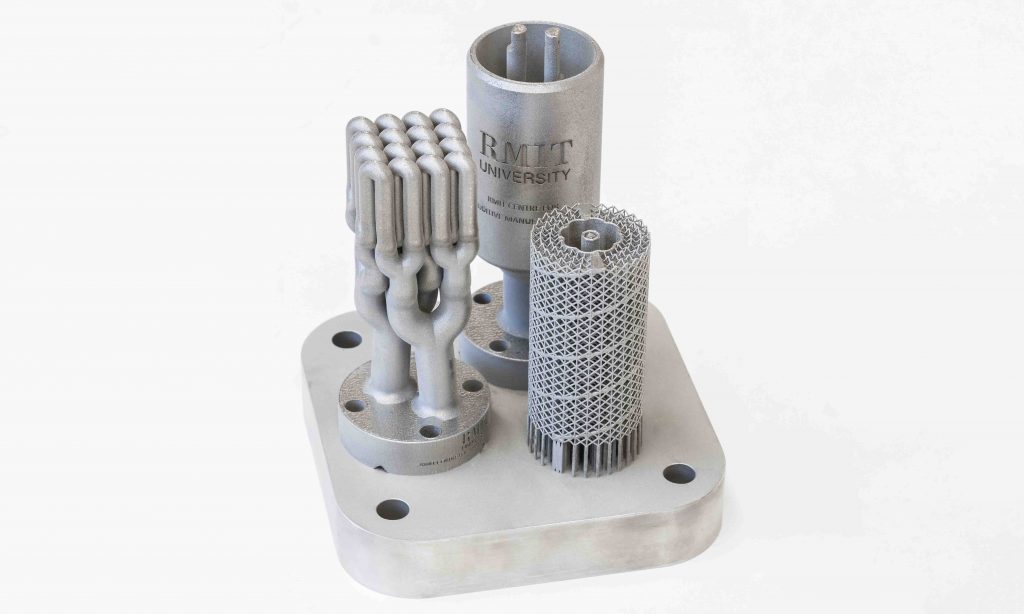RMIT explores 3D printed catalysts for hypersonic flight

Ultra-efficient 3D printed catalysts could help solve the challenge of overheating in hypersonic aircraft and offer a revolutionary solution to thermal management across countless industries.
Developed by researchers at RMIT’s Centre for Advanced Materials and Industrial Chemistry (CAMIC), the highly versatile catalysts are cost-effective to make and simple to scale, according to an article published in the Royal Society of Chemistry journal, Chemical Communications.
The team’s lab demonstrations show the 3D printed catalysts could potentially be used to power hypersonic flight while simultaneously cooling the system.
Lead researcher Dr Selvakannan Periasamy said their work tackled one of the biggest challenges in the development of hypersonic aircraft: controlling the incredible heat that builds up when planes fly at more than five times the speed of sound.
“Our lab tests show the 3D printed catalysts we’ve developed have great promise for fuelling the future of hypersonic flight,” Periasamy said. “Powerful and efficient, they offer an exciting potential solution for thermal management in aviation – and beyond.
“With further development, we hope this new generation of ultra-efficient 3D printed catalysts could be used to transform any industrial process where overheating is an ever-present challenge.”
Only a few experimental planes have reached hypersonic speed (defined as above Mach 5 – over 6,100km an hour or 1.7km per second). The X-43A hypersonic research vehicle, developed as part of NASA’s Hyper-X program, made aviation history in 2004, reaching speeds above Mach 9.6 or over 10,000km/h
First author and PhD researcher Roxanne Hubesch said using fuel as a coolant was one of the most promising experimental approaches to the overheating problem.
“Fuels that can absorb heat while powering an aircraft are a key focus for scientists, but this idea relies on heat-consuming chemical reactions that need highly efficient catalysts,” Hubesch said.
“Additionally, the heat exchangers where the fuel comes in contact with the catalysts must be as small as possible, because of the tight volume and weight constraints in hypersonic aircraft.”
To make the new catalysts, the team 3D printed tiny heat exchangers made of metal alloys and coated them with synthetic minerals known as zeolites.
The next steps for the CAMIC research team include optimising the 3D printed catalysts by studying them with X-ray synchrotron techniques and other in-depth analysis methods.
The 3D printed catalysts were produced using Laser Powder Bed Fusion (L-PBF) technology in the Digital Manufacturing Facility, part of RMIT’s Advanced Manufacturing Precinct.
‘Zeolites on 3D-Printed Open Metal Framework Structure: Metal migration into zeolite promoted catalytic cracking of endothermic fuels for flight vehicles’, with RMIT co-author Dr Karl Föger (CAMIC), is published in Chemical Communications (DOI: 10.1039/D1CC04246G).
